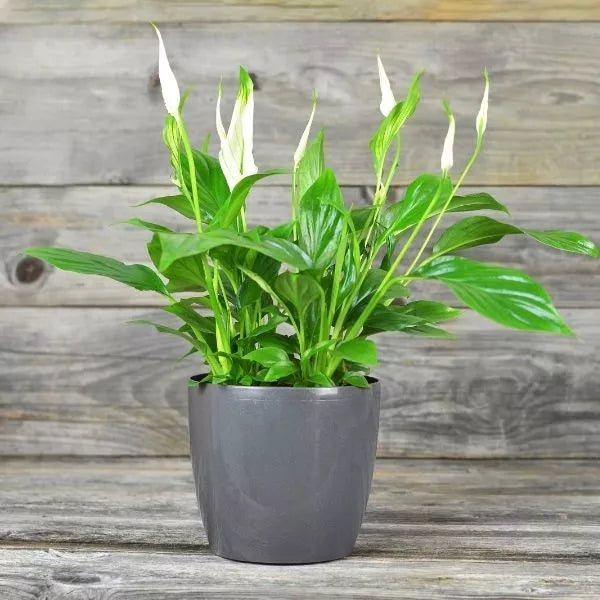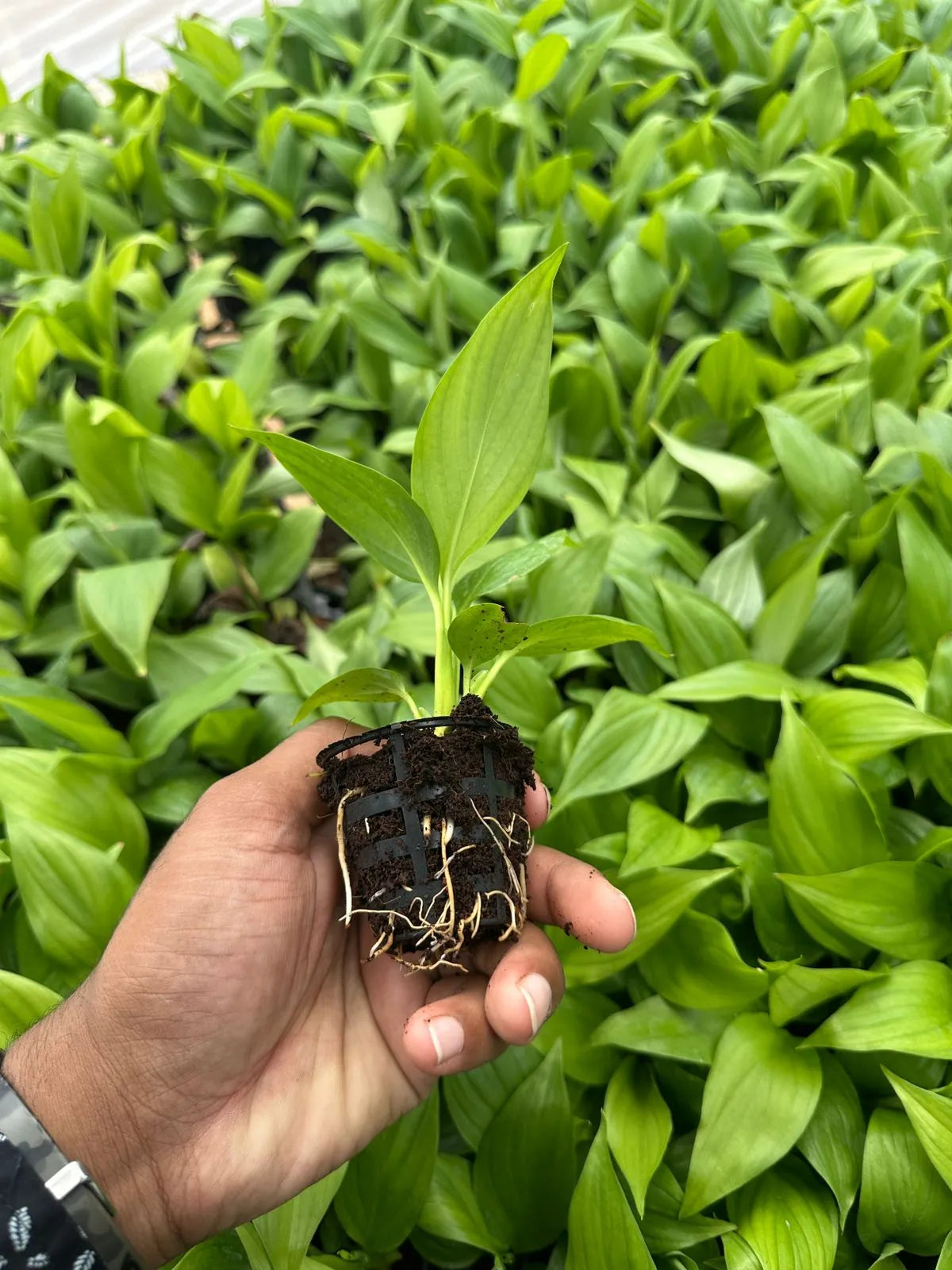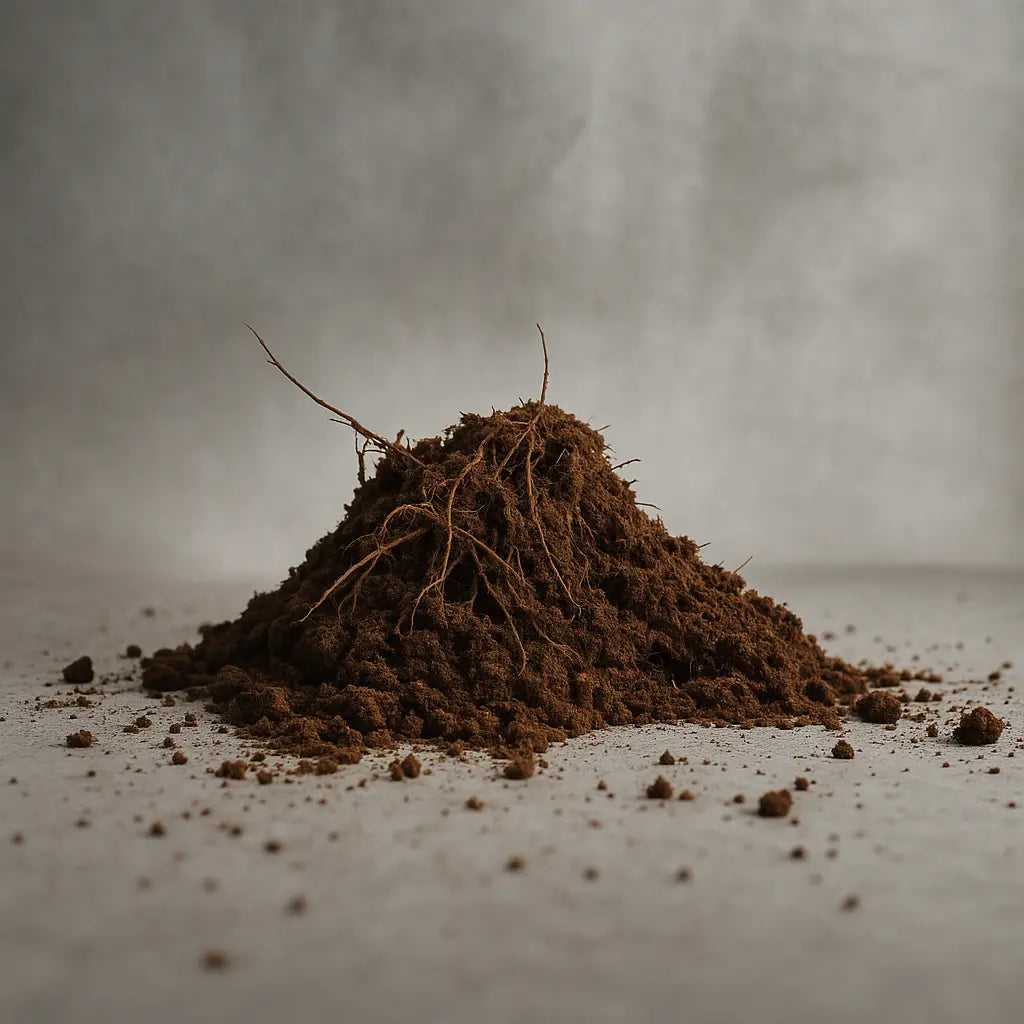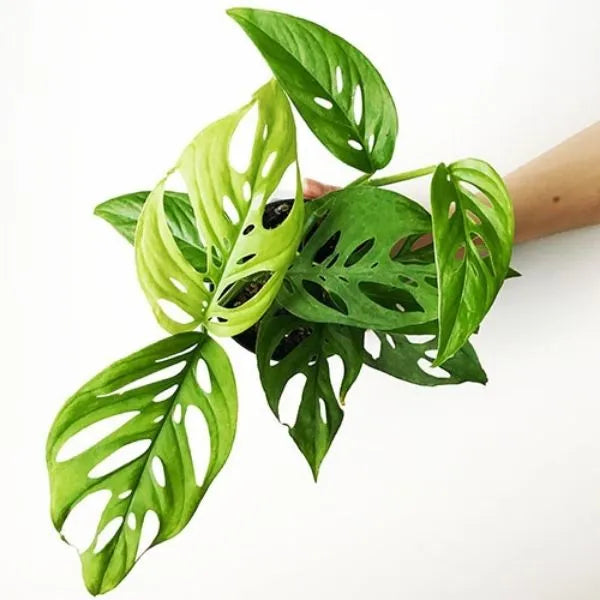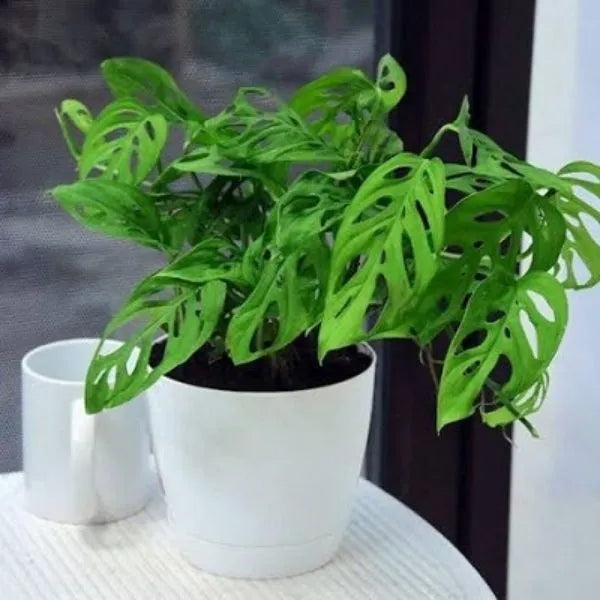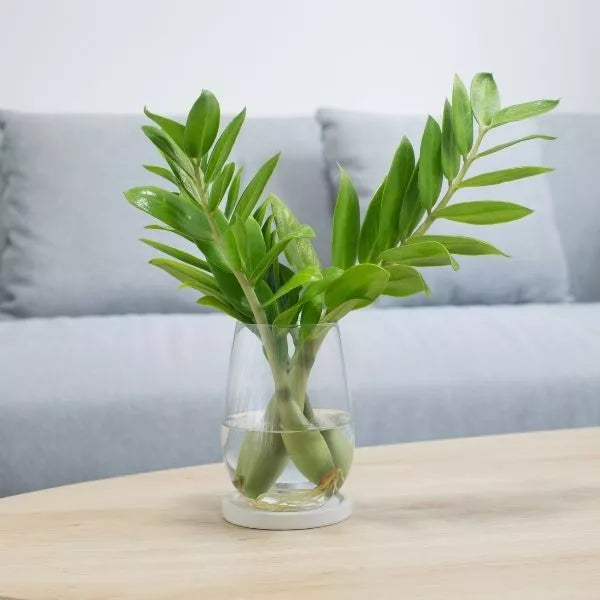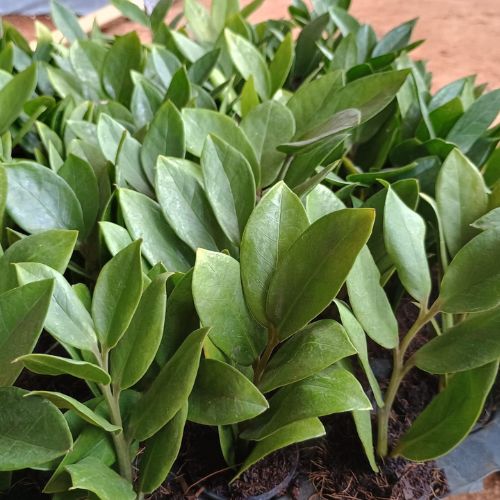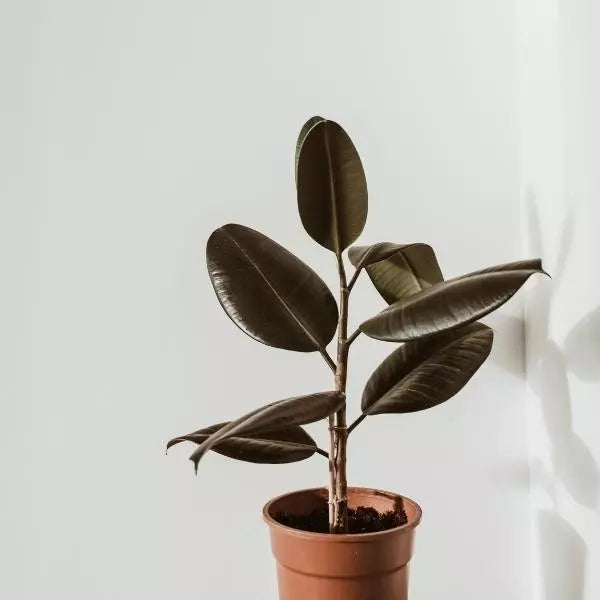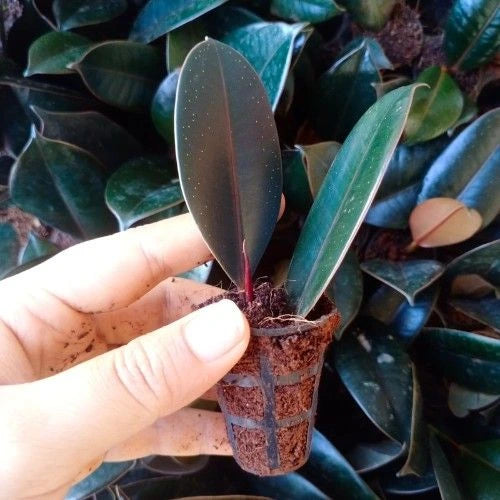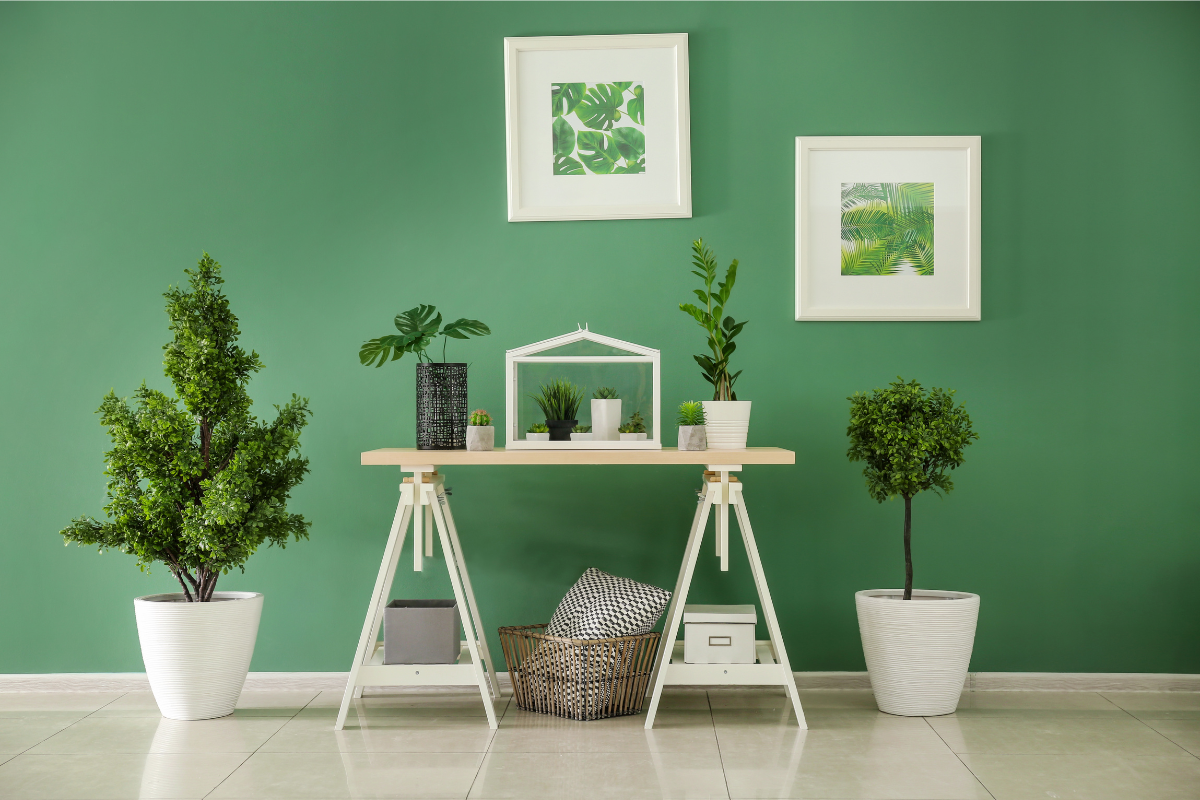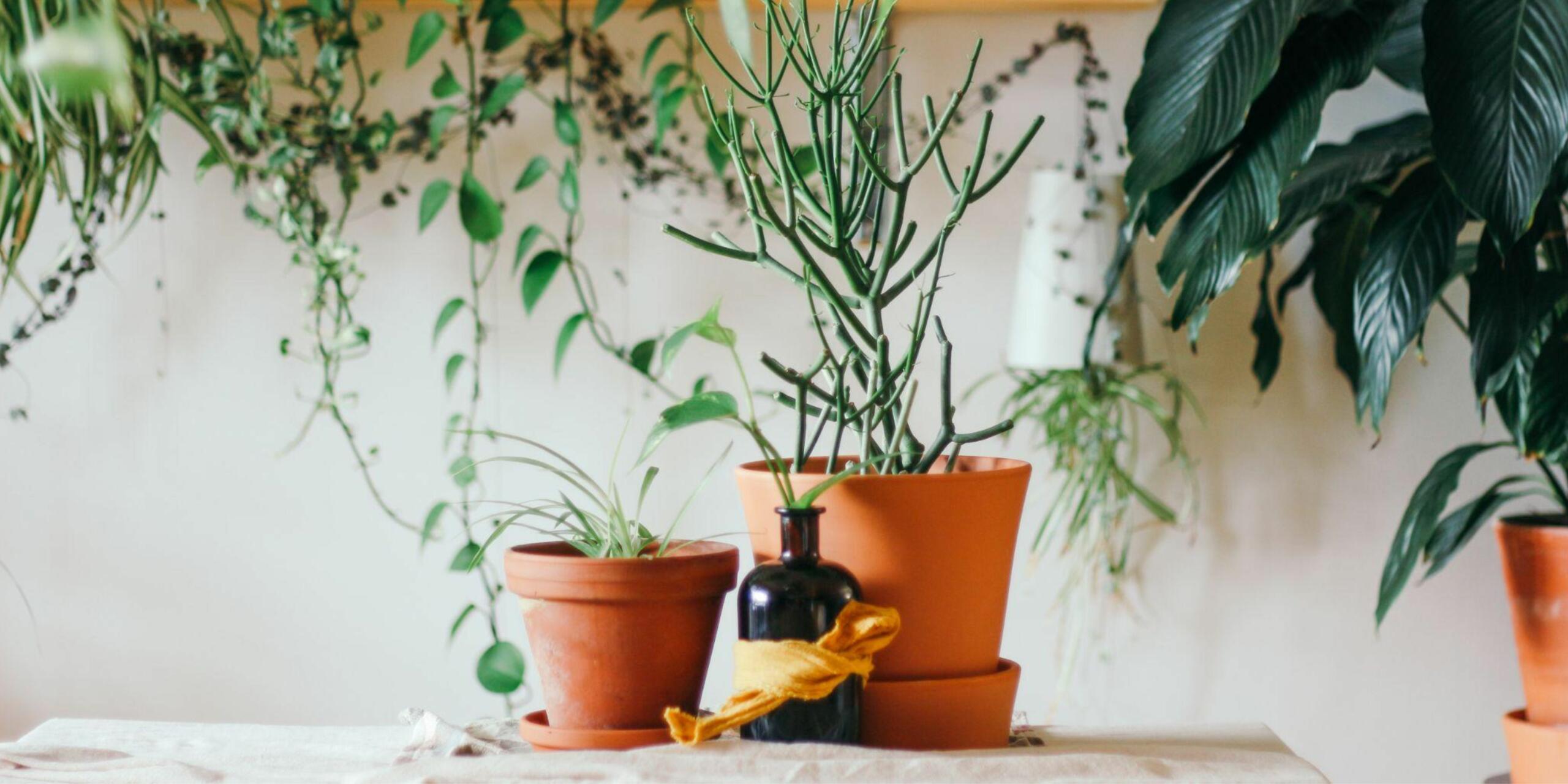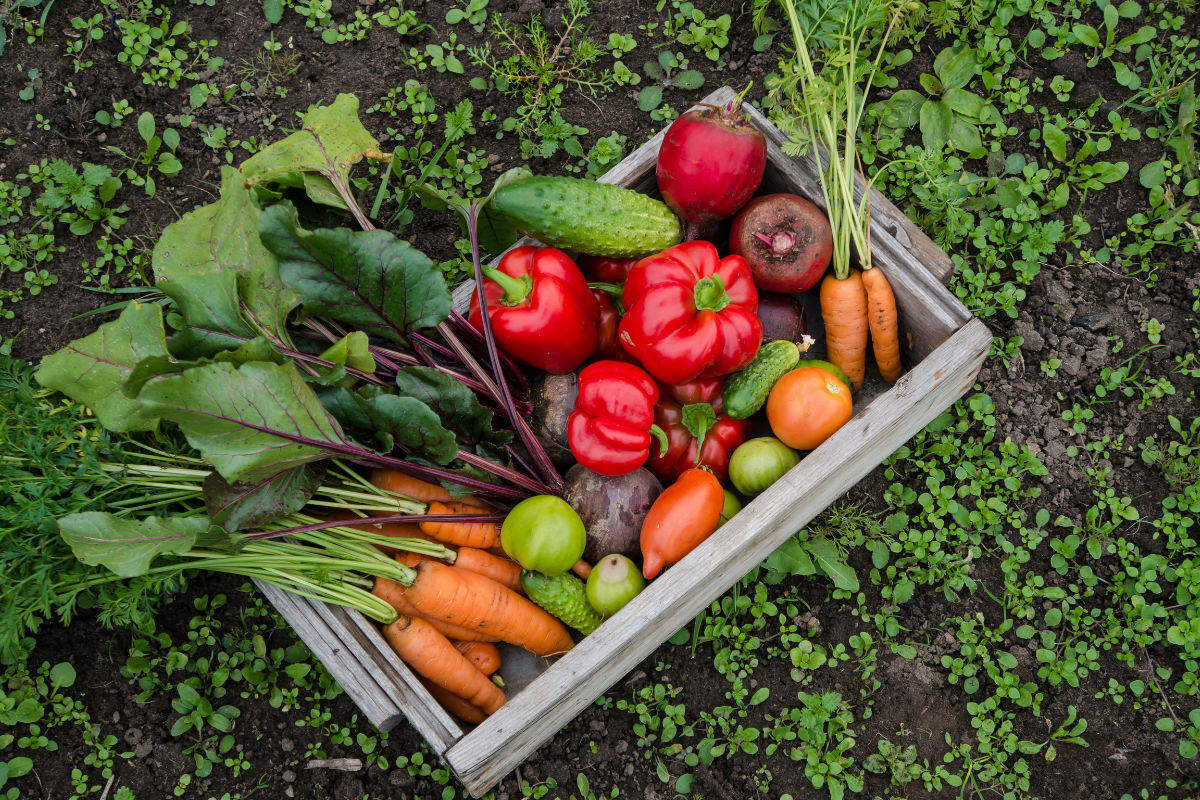
How you can create your own vegetable garden?
Did you know that India has the world's largest vegetable garden that spreads over more than 2,500 acres? While our gardens are not that big, we too can make ours a green paradise! This blog will guide you in how you can create your own vegetable garden.
Choosing the right spot

Think of your plants like sunbathers, they love soaking up 6 to 8 hours of sunshine a day. So, place your plants in a bright space. Once you’ve picked the perfect spot, the next step is planning how to use it wisely. Keep your pot leveled and water your plants regularly.
Do consider your vegetable garden's microclimate. Walls, fences and curtains can change the temperature of the area so always choose a spot for your young plants that is not windy and gets plenty of sunlight.
Plan your garden layout

-
Start small 200 square feet are plenty for someone new to starting a vegetable garden.
-
Think carefully about whether you want traditional rows, raised beds, or container gardens.
-
Consider companion planting, as some vegetables grow best alongside others. Plan the layout of your garden in a way that will free up space while still allowing the plants to produce a lot of vegetables and keep pests at bay. For example, marigolds are good to plant with tomato plants because they keep the tomatoes away from pests.
Preparing Your Soil

Good soil is the most important thing for a garden. Check the soil PH level first, 6 to 7 is best for a vegetable garden. There’s nothing like the smell of fresh soil in the morning when you water your plants. Add compost and manure to your soil. Loosen the soil through gentle tilling, which improves aeration and root penetration.
You might not know that the soil is alive. The worms and microorganisms found in it are very beneficial for plants. Organic compost and manure increase microorganisms and earthworms, which helps plants grow faster.
Choosing What to Grow

If you are new to growing vegetables, then lettuce, spinach, radishes, carrots, tomatoes, and sweet peppers are the best choice. Spinach grows best in winter, while tomatoes and peppers grow best in summer.
Practice planting seeds at stages to ensure consistency throughout the growing season. This way more vegetables grow and there is no shortage of fresh vegetables.
Planting Seeds and Seedlings

You can choose between seeds and plants. Seeds are cheaper and take time, whereas you can start directly with saplings. Give plants enough space so that they don't have to fight for nutrients, water and sunlight.
Know the depth at which the plant is planted. If the plant is planted too deep or too high, the plant will not grow well. Water seeds or seedlings well after planting to help them settle into the soil.
Watering

Watering your plants regularly is a must. Watering in the morning is best as it keeps the soil moist and prevents mold. Avoid overwatering your plants.
Fertilizing
Fertilize your plants every few weeks so you will see your plants grow faster. Just like nothing is good in excess, too much fertilizer is also not good for the plant, so always fertilize only as much as is written in the manual. Managing Pests and Diseases Naturally.
No plant is completely pest free but we all know that prevention is better than cure. To reduce the accumulation of diseases in the soil, plant different plants in the same soil every year.
For example, if you plant tomatoes one year, then the next year you plant a different plant like marigold in the same soil. Some insects like ladybugs are beneficial for the plants by keeping them disease free, so do not remove them
Harvesting Your Crops

This is a time we all look forward to. Choose vegetables that are well-ripe for flavor, but not too much. Cut your vegetables from the stems with a knife or sharp pair of scissors. Pay attention when harvesting.
To improve your gardening strategy year after year, keep a record of when you plant and harvest. Seeing the fruits of your careful planning in the form of fresh, homegrown produce is one of life’s greatest joys.
Maintenance Tips for a Thriving Garden
Keeping your vegetable garden healthy isn’t as difficult as it seems. Just adopt a few simple, effective habits. First, pull weeds regularly so they don’t rob your vegetables of water and nutrition. Prune plants like tomatoes lightly, which gives them enough air and sunlight to grow faster.
Most importantly, spend a few minutes a day observing your plants- if leaves are yellowing, holes appear, or the plant is wilting, it’s easier to find a solution right away. Remember, gardening is a learning process. Every season teaches you something new, so don’t worry if everything isn’t perfect at first.
Bonus Tips for Gardeners
-
Composting: You can use your kitchen waste as compost — a simple yet effective way to help your vegetable garden grow faster.
-
Vertical gardening: If space is limited, you can plant a fast-growing plant like radishes followed by a slow-growing plant like tomatoes.
-
Intercropping: To make the most of your space, you can plant a slow-growing plant like tomatoes with a fast-growing plant like radishes.
-
Enjoy the process: Gardening is a great way to calm yourself. The plants may not grow as well as you thought at first, plants have a rhythm.
Conclusion
Growing a garden is about more than planting, watering, and harvesting—it’s a journey for your health and happiness. You can learn a lot from plants. Just as tiny seeds can grow into a beautiful plant, we can do a lot with a little. So, let's put on our gloves and start growing our own vegetable garden!
You can get everything you need, from pots to saplings, on The Affordable Organic Store’s official website. So why not start your gardening journey today?
Here are some other blogs which make your Green Space Greener!
- Gardening Calendar Blogs
- Sustainable Gifting Ideas
- Gardener Stories
- Garden Care Blogs
- Miniature Garden Decor
- Gardening Workshops
Have a look at some amazing Videos of Gardening that might help you!
- Tips on planting homegrown plants and creating art with them as a beginner.
- How to preserve, plant, and grow flower seeds in monsoon, winter, and other seasons.
- Growing different vegetables, winter vegetables especially, and tips and tricks to preserve.
- Preserving fruits such as strawberries, Papaya, watermelon, muskmelon, etc.
- Know all about microgreens using examples such as microgreen spinach, microgreen sunflower, microgreen mustard, microgreen flax, etc.
- Using gardening tools such as pots, trays, growing bags, moss sticks, watering cans, etc.
Here are some Workshops that might help you if you are new to Gardening!
- Learn the science behind the soil by watching our workshop.
- Watch our workshop on plant care in winter.
- Know more about Vegetable Gardening at home.
- Workshop on Glimpse into Cacti World.
Happy Gardening!
- Want to know more? Do follow us on Instagram to stay updated on the latest gardening trends.
- Watch the video and get the complete gardening guide to begin your journey as a gardener!

